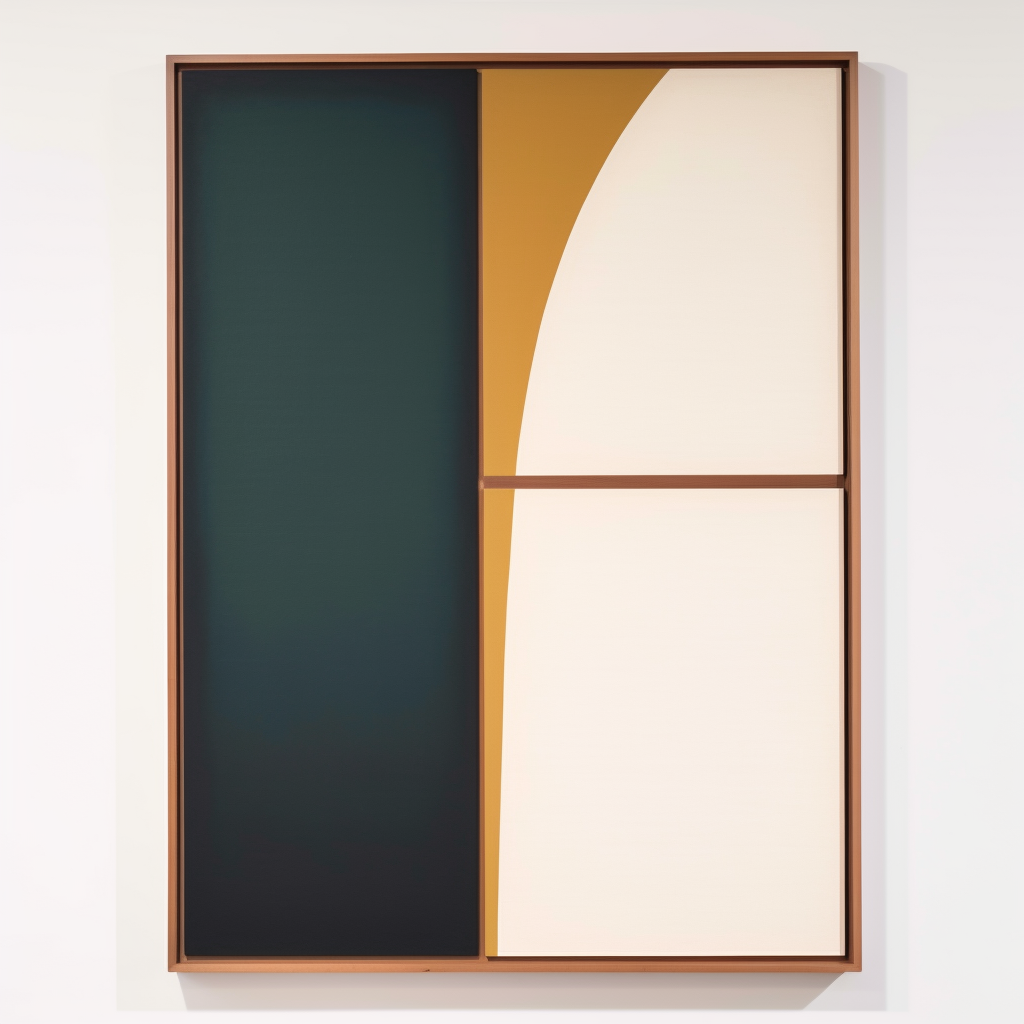Shino (2021-23)
Shino 篠
This name can be used as one kanji, 篠 (shou, zou, sasa, shino, suzu) meaning “bamboo grass,” or a strand of loose fibres. It can be a combination of 志 (shi, kokorozashi, kokoroza.su, shiringu) meaning “aspire, hopes, intention, motive, plan, resolve, shilling,” 詩 (shi, uta) meaning “poem, poetry,” 紫 (shi, murasaki) meaning “purple, violet,” 史 (shi) meaning “chronicle, history” or 信 (shin, shi) meaning “faith, fidelity, trust, truth” and 乃 (ai, dai, nai, no, sunawa.chi, nanji, no) meaning “accordingly, from, possessive particle, wherefore” or 野 (sho, ya, no, no-) meaning “civilian life, field, plains, rustic.”
17.11.20
Coming from the Japanese word meaning “a stem of bamboo” the artworks in this series intend to express the beauty of simplicity as well as a sense of growth and rebirth. When working with ink on paper there is little room for error so the form you see before you is the ‘truest’ form that can be. Accidents are left exposed. Preparatory sketches are kept. Defects in the paper are retained. Nothing is hidden nor denied to the viewer. Truth is vital for rebirth.
06.12.20
The first few notes of Keith Jarrett’s 1975 “Köln concert” are some of the most truthful in all of music. By having to overcome the wildest number of obstacles to get there and delivered through an out of tune piano, they are met with a susurrus from the audience. However, as they tumble out, they soon progress into an expanse of music improvisation, never before heard.
It seems to me necessary for truth to be imperfect. Perfection is airless, stolid and suffocating. Truth on the other hand needs faults and cracks to find room from which it may grow. It has to be allowed the freedom to explore and find its way in the world.















